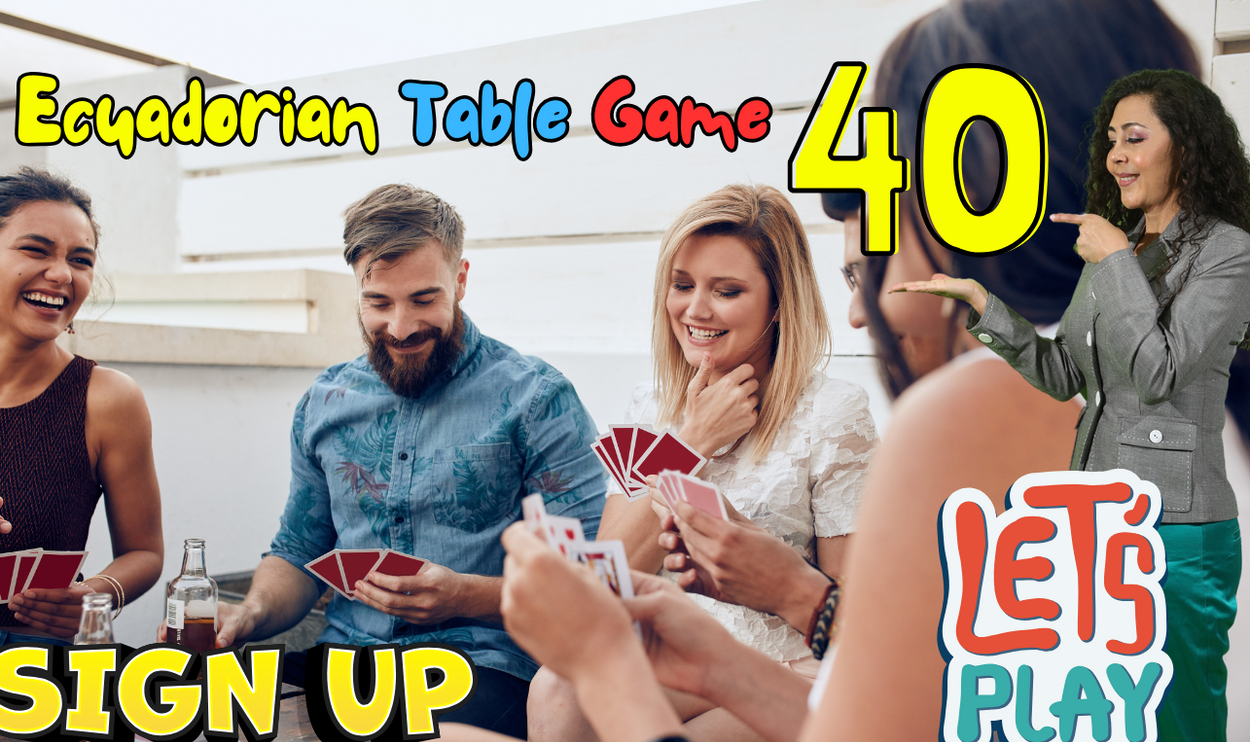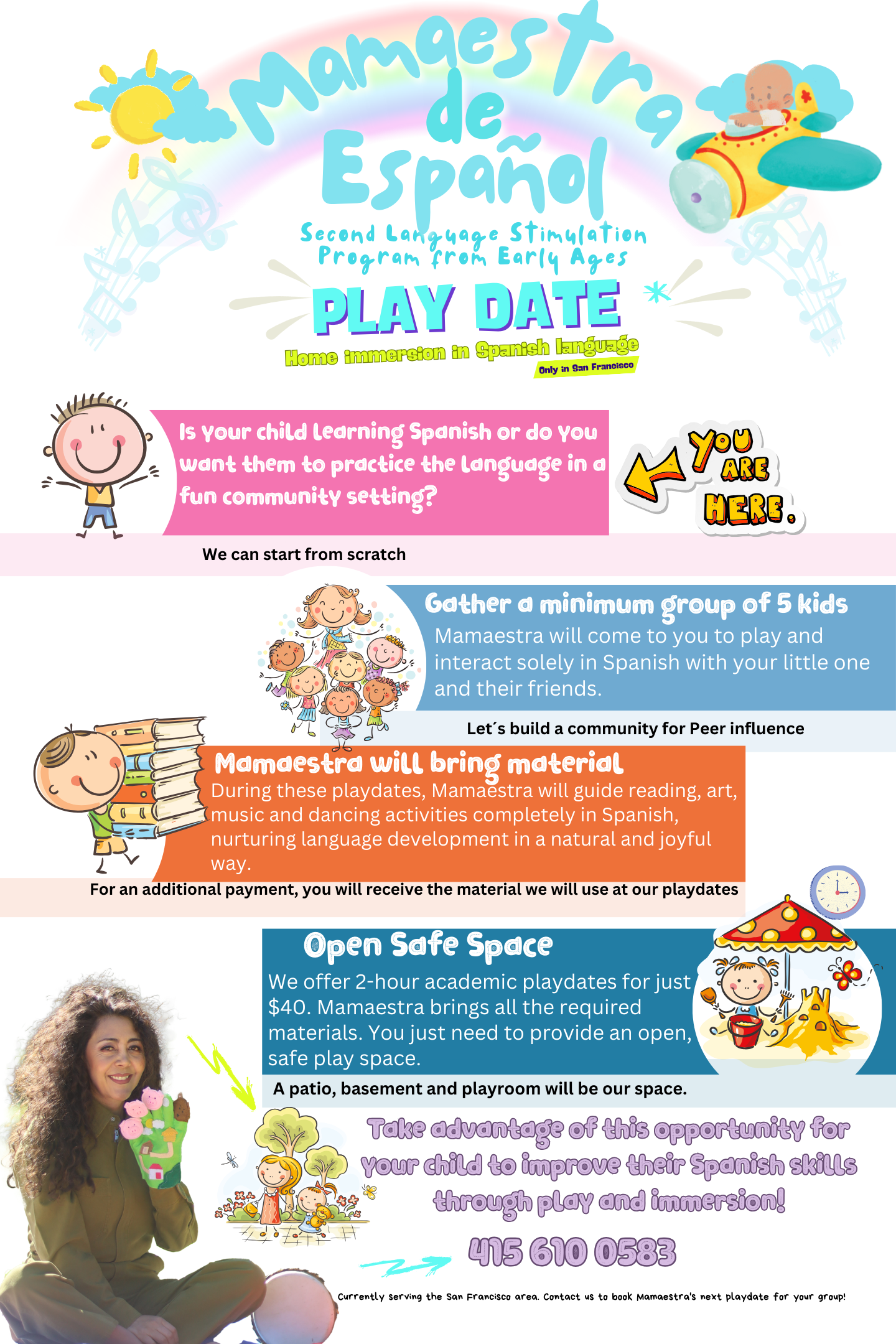
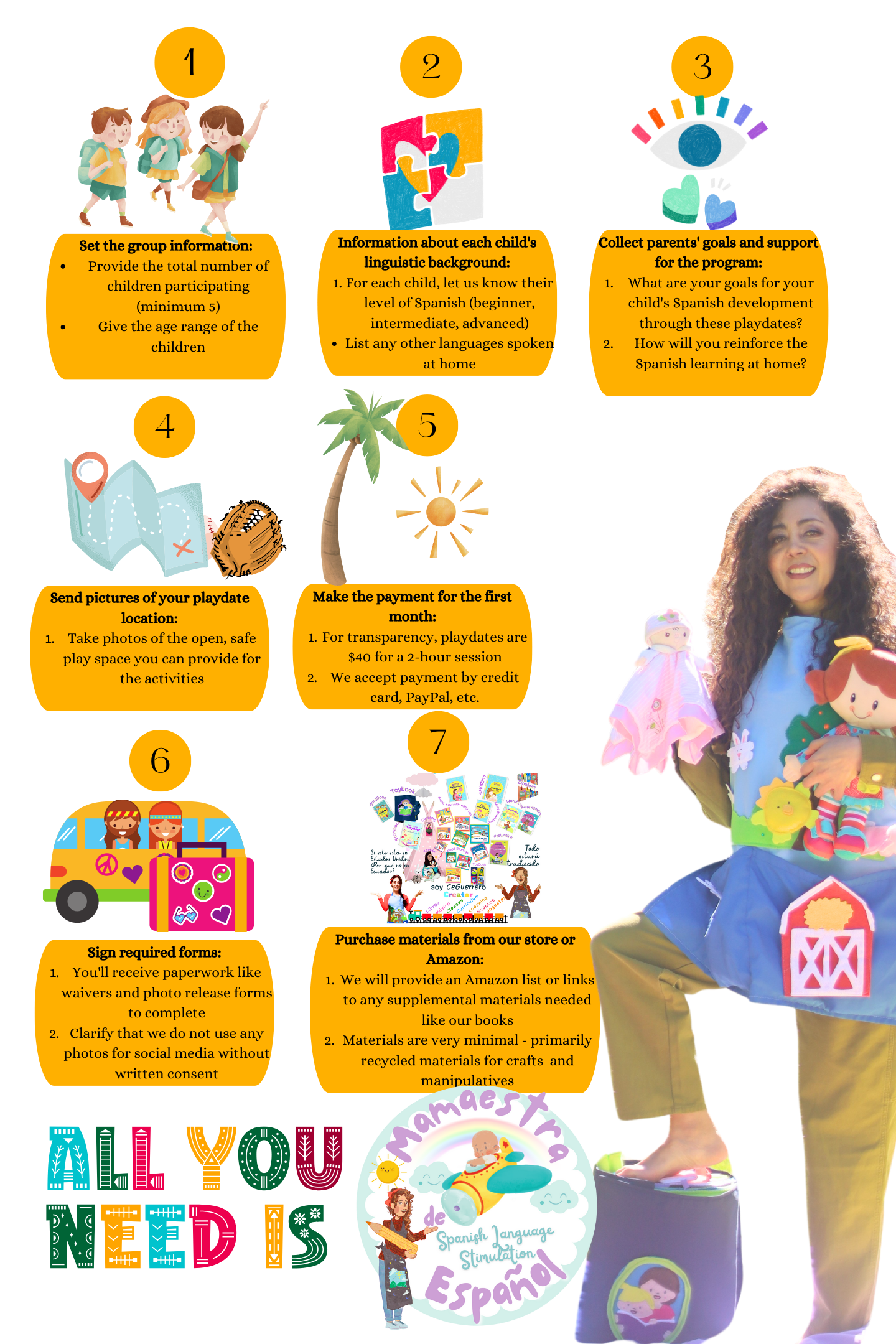
Let's go to the next stage on with this program
Thank you for getting in touch!
One of our colleagues will get back to you shortly.
Have a great day!
We host other programs like:
Be part of our courses for moms.
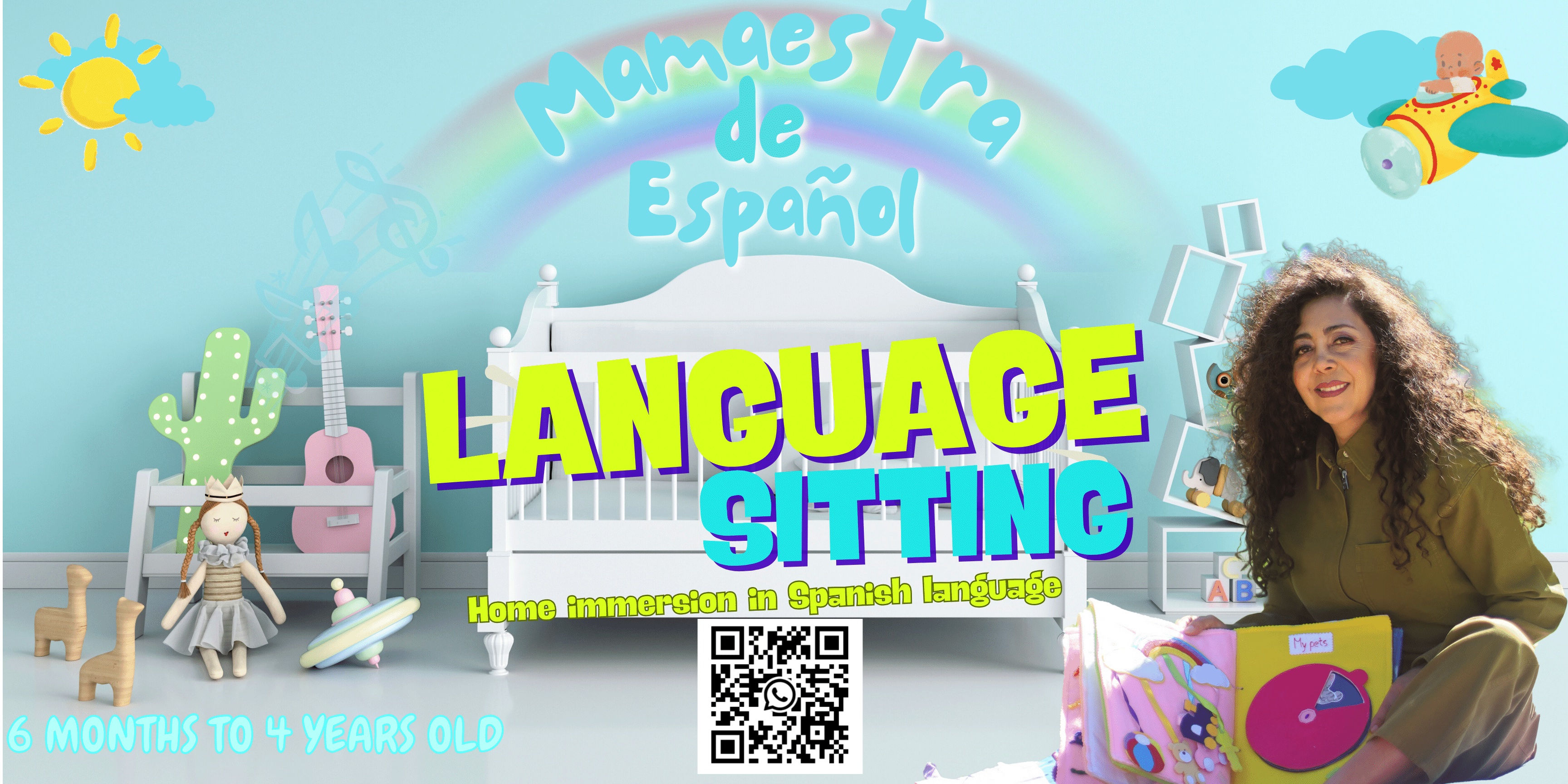
Language Sitting
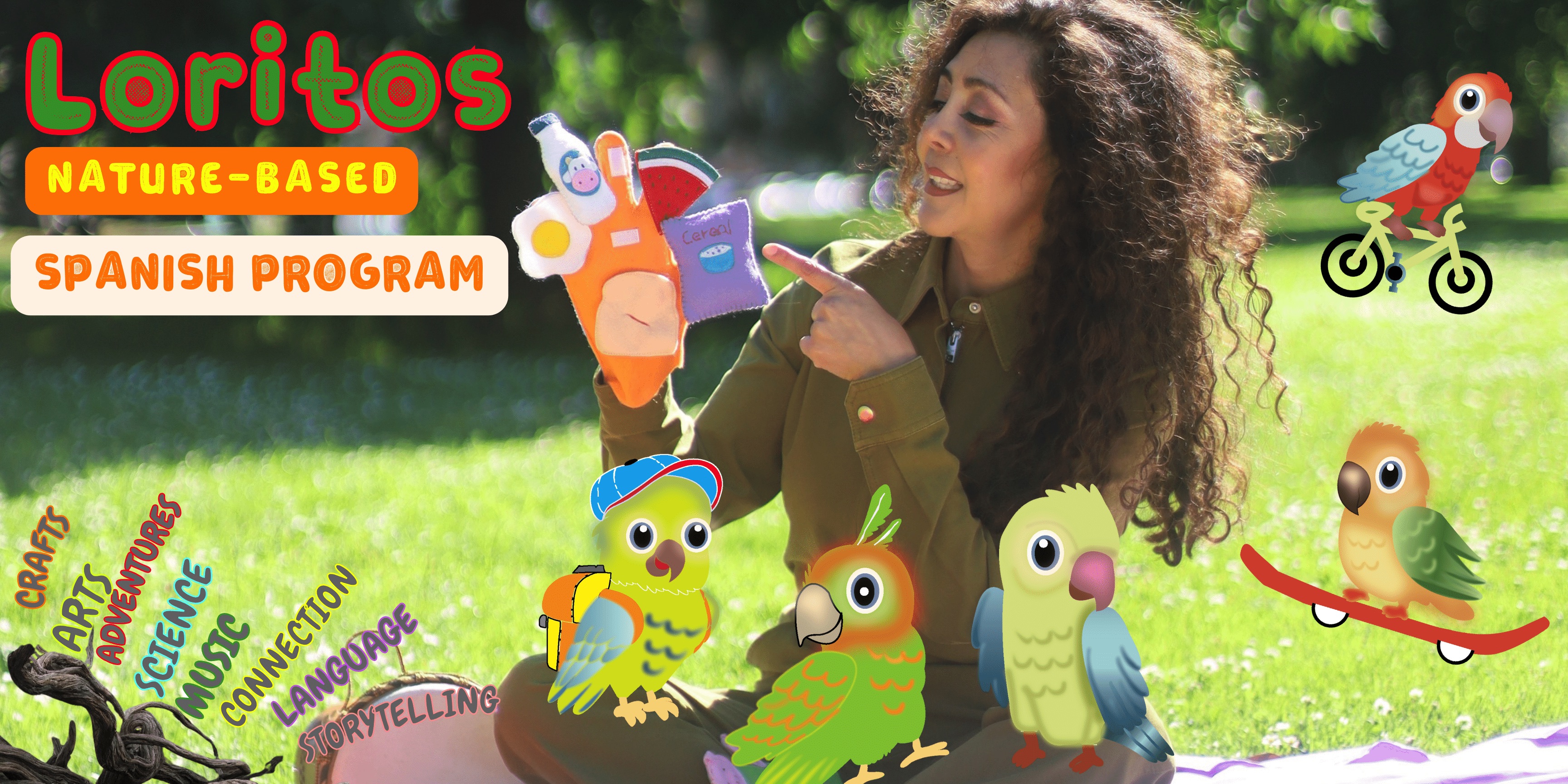
Nature_based Spanish Program
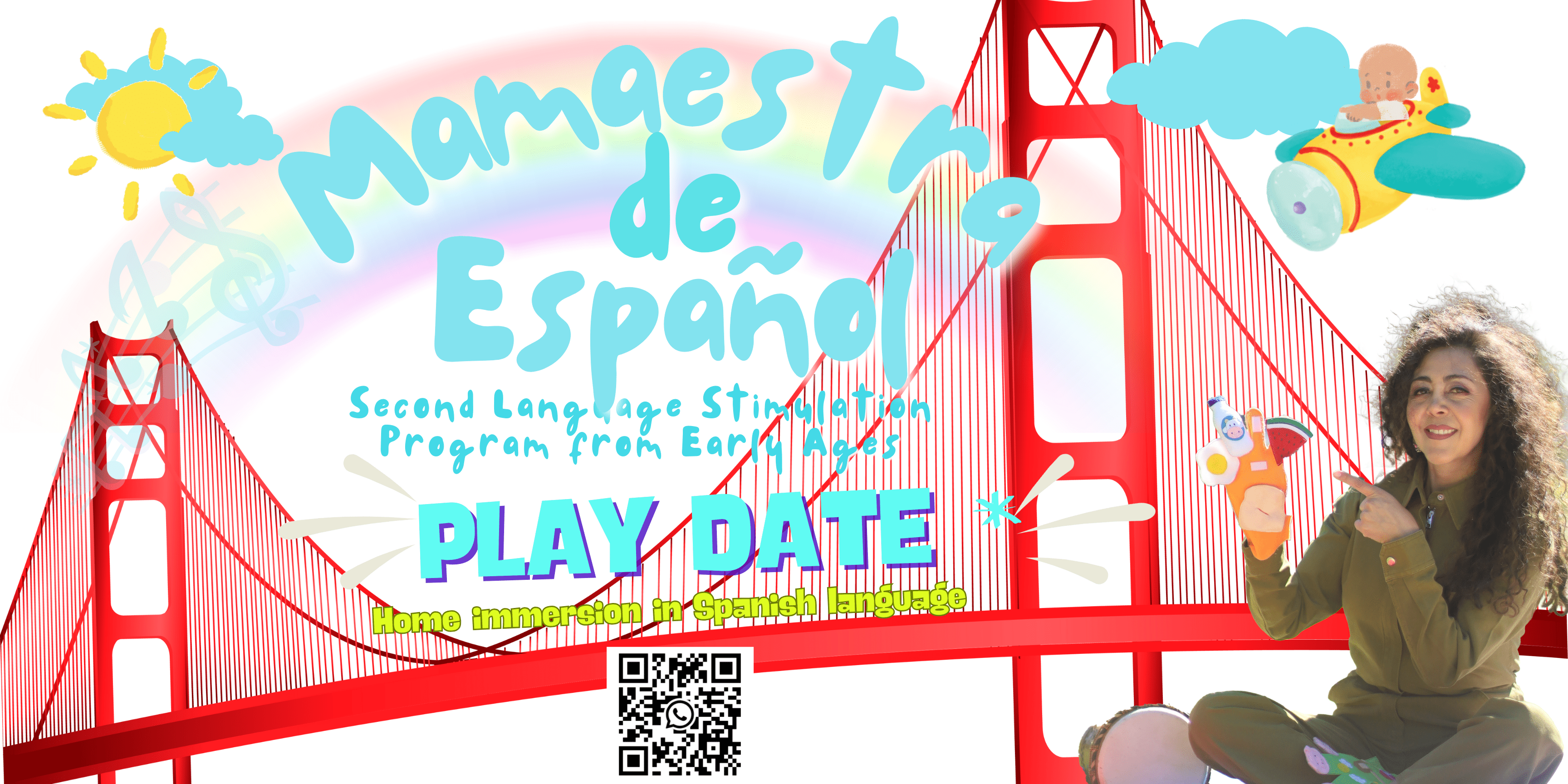
Spanish Playdate
Be part of our Tribe!
